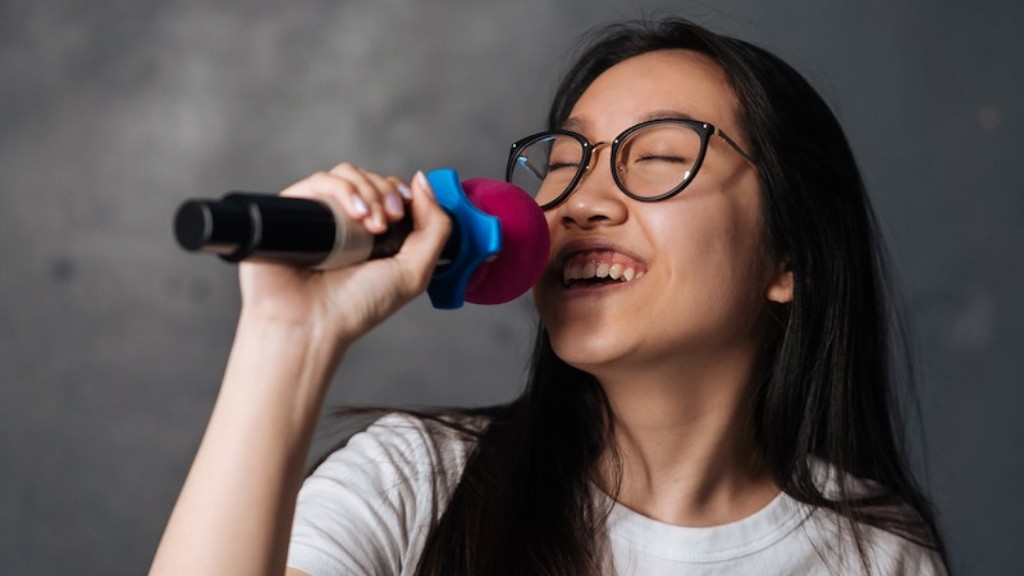How to Draw Something Scary
Knowing how to draw something scary isn’t as daunting as it sounds. With a few simple tips and tricks you can create a piece of art that strikes terror into the hearts of those who behold it.
Choose a Subject
The first step in crafting something spine-tingling is to choose your subject. Are you drawing a dead-eyed vampire or a werewolf howling at the moon? Really think about what it is that terrifies you and focus on that. Whether it’s a creature straight out of your nightmares, or even a seemingly mundane object that gives you the creeps, use your own fear as inspiration.
Set the Mood
Transporting your viewers into a creepy mood is essential for any horror creation. Give your piece a sense of setting, for example a graveyard or a dark forest. Experiment with different color palettes to create a spooky atmosphere and make sure to focus on shadows, as they are integral to setting an eery mood.
Add Horror Details
Once you’ve established the approach you’re taking, it’s time to focus on the details. If you’re creating a zombie, perhaps add some rusty chains or rotting flesh in the background. If you have a vampire, why not add in some dramatics by including a stake or a crucifix?
Use Your Imagination
Finally, don’t be afraid to use your own vivid imagination to create something truly horrific. If you can’t think of ideas off the top of your head, why not leaf through some horror books or watch a few scary movies for inspiration? You’ll soon start to see sick and twisted ideas forming in your head and before you know it, you’ll have constructed your own ghoulish scene.
Create a Sense of Movement
One of the best techniques for scaring observers is to make sure the image has a certain sense of movement. Perhaps you can do this by having something slowly move in the background? Alternatively, you could even create the perception of a creature turning its head towards the audience. Adding a few extra details such as fog and wind will also bring your image to life and add more depth.
Keep it Clear and Simple
While it’s tempting to get carried away with sickening details, it’s important to keep your composition clean and clear. Too many details can become overwhelming and detract from the overall effect of the piece. Planning your design ahead of time and sketching out a few ideas before committing to a piece can really help.
Make Use of Negative Space
Negative space is your best friend when it comes to horror illustrations. It’s best to focus on the negative space, or even the lack of something, than to create an object or subject. This can be done through the use of dark colors, silhouettes or just an absence of any particular object or detail.
Include A Catchy Title
The perfect finishing touch for your terror-inducing art is a catchy title. This can be done in a few words, or even a phrase or two. A unique title such as ‘The Rise of the Undead’ is sure to make people stop in their tracks and have a peek at your work.
Focus On Emotional Triggers
Play with your viewer’s emotions by using elements that naturally evoke fear such as eerie lighting and unexpected movement. Make sure to focus on the eyes, as they are often the most common source of fear – there is nothing more frightening than a piercing stare.
Go For a Gritty Composition
Go for a gritty, harsh composition rather than a flat and ‘safe’ one. Utilizing varying textures and brush strokes can help create an unsettling atmosphere. Don’t be afraid to get creative or use a mix of traditional and digital techniques.
Experiment With Perspective
Playing with perspective is a great way to create a creepy vibe. Consider having your subject take on a dramatic pose that places them in an odd angle or having them tilt their head in an unnatural way. Distorting the subject’s arms and limbs can also contribute to a spooky overall effect.
Choose an Appropriate Setting
Choosing an appropriate setting is a crucial element of any horror piece. If you’re drawing a zombie, perhaps use a cemetery or an abandoned building to add to the feeling of dread and tension. If you’re creating a vampire, the best atmosphere for your drawing would be a gloomy forest or a deserted castle.
Limit Your Palette
In horror illustrations, it’s best to limit your color palette to just a few hues. This will allow you to create a feeling of uniformity, increasing the intensity of the piece. Red, black and grey are often a great mix for any horror creations.
Add A Story
Bring your scary masterpiece to life by adding a story to it. There is an endless array of horror tales out there that you can use for your own piece. Think of your creation as a visual aid for your story. The more detailed and fleshed-out your narrative is, the more captivating and chilling your work will be.
Don’t Forget the Details
To really make your piece pop out, don’t forget to add interesting and spooky details. Don’t be afraid to add some gruesome elements such as bones and blood, or maybe a skull or two. Even adding a few cobwebs in the background can enhance the spooky atmosphere of your work.
Start With a Rough Sketch
As with any piece of art, it’s essential to start with a rough sketch before you commit to creating your masterpiece. This way, you can play around with your composition and ideas before you start in grand detail.
Experiment With Shapes
Transform your 2D drawing into a 3D one by playing around with shapes. This way, the elements in your piece will seem to pop out of the image, and add depth to the overall structure. Great shapes to use include boxes and circles, as they have a natural sense of stability.
Know When To Stop
Finally, know when to stop. Don’t overwork your drawing by trying to perfect every single detail. Too many changes can lead to a cluttered, overworked image which is often much less impactful than one where few areas have been adjusted.

